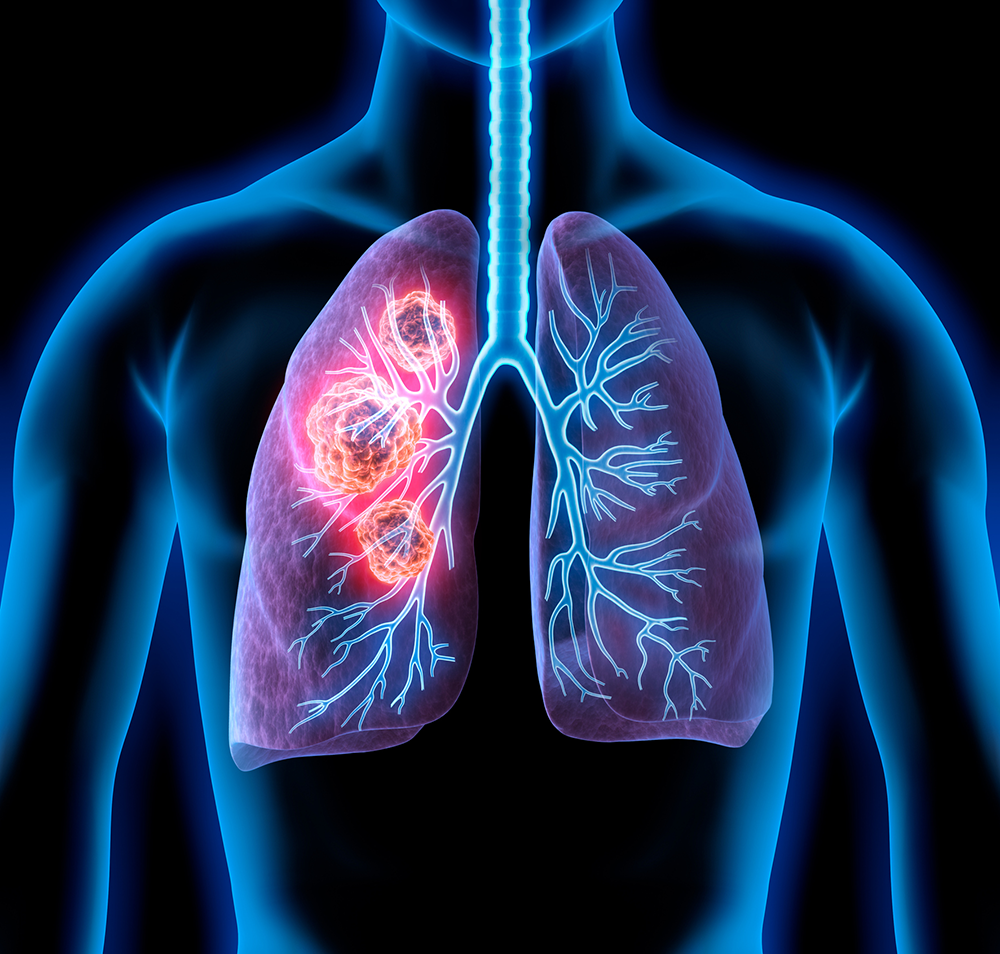New Study Shows Link Between Head and Neck Cancer and Dental Bacteria
Head and neck cancers are multiple kinds of cancers that develop in the throat, nose, mouth, sinuses, or larynx. These cancers have traditionally been linked to tobacco use, alcohol consumption, and the human papillomavirus (HPV). However, there may also be a link between poor oral hygiene and your risk of developing one of these cancers. Studies have suggested the overall health of the mouth, teeth, and gums may impact cancer risk because of changes to normal bacteria in the mouth.
In a recent study published in JAMA Oncology, researchers have identified oral bacteria that have been linked to an increased chance of developing head and neck squamous cell carcinoma. Some of these bacterial microbes have been previously shown to contribute to serious gum infections.
Researchers Identify Bacteria Linked to Increased Head and Neck Cancer Risk
For this study, researchers looked at data from multiple ongoing investigations tracking how diet, lifestyle, and medical history affect cancer risk. The study looked at 159,840 Americans who provided saliva samples that preserved the numbers and species of microbes for testing. Researchers followed up with each participant for 10 to 15 years to record any cancer presence. The study identified 236 patients who were diagnosed with head and neck cancer.
The study was able to identify 13 species of bacteria that are differentially associated with head and neck cancer risk. This group of bacteria was linked to a 30 percent increase in cancer risk. When these cancers were combined with five other species linked to gum disease, the risk level increased to 50 percent.
While experts had previously observed potential links between poor oral health and cancer, this study is significant in identifying specific bacterial types linked to increased risk.
Further Research is Needed to Better Identify Link Between Dental Bacteria and Cancer
Researchers have stressed that this study was designed to identify the correlation between cancer risk and specific types of bacteria, but a direct cause-and-effect link will require further research. In the future, researchers will look at the factors that allow bacteria to contribute to cancer development. They will also look at ways to reduce that risk. With more research, these findings may serve as a biomarker for medical experts to identify high-risk patients.
Practice Good Oral Hygiene to Help Prevent Cancer Development
While more research is needed to fully explore the preventative benefits of good oral hygiene, brushing your teeth, flossing, and regular dentist visits may reduce your risk of developing head and neck cancers. Further research on oral bacteria may help healthcare providers develop individualized treatment plans for those at higher risk based on oral hygiene.
Signs and Symptoms
The signs and symptoms of head and neck cancer may vary from person to person, depending on the type of cancer. Some common oral signs and symptoms may include:
- A sore or ulcer in the mouth or throat that doesn’t heal
- A lump in the mouth, cheek, or jaw
- A white or red patch on the gums, tongue, tonsils, or lining of the mouth that does not go away in three weeks
If you have any concerns about symptoms you are experiencing, contact your dentist or medical provider to discuss any potential screenings or evaluations.
Call Minnesota Oncology for Information on Head and Neck Cancer Treatment
If you have been recently diagnosed with head and neck cancer, our experts at Minnesota Oncology will work with you to create the optimal treatment plan. For more information about treatment for head and neck cancers, please call (844) 317-4673 or request an appointment online.




